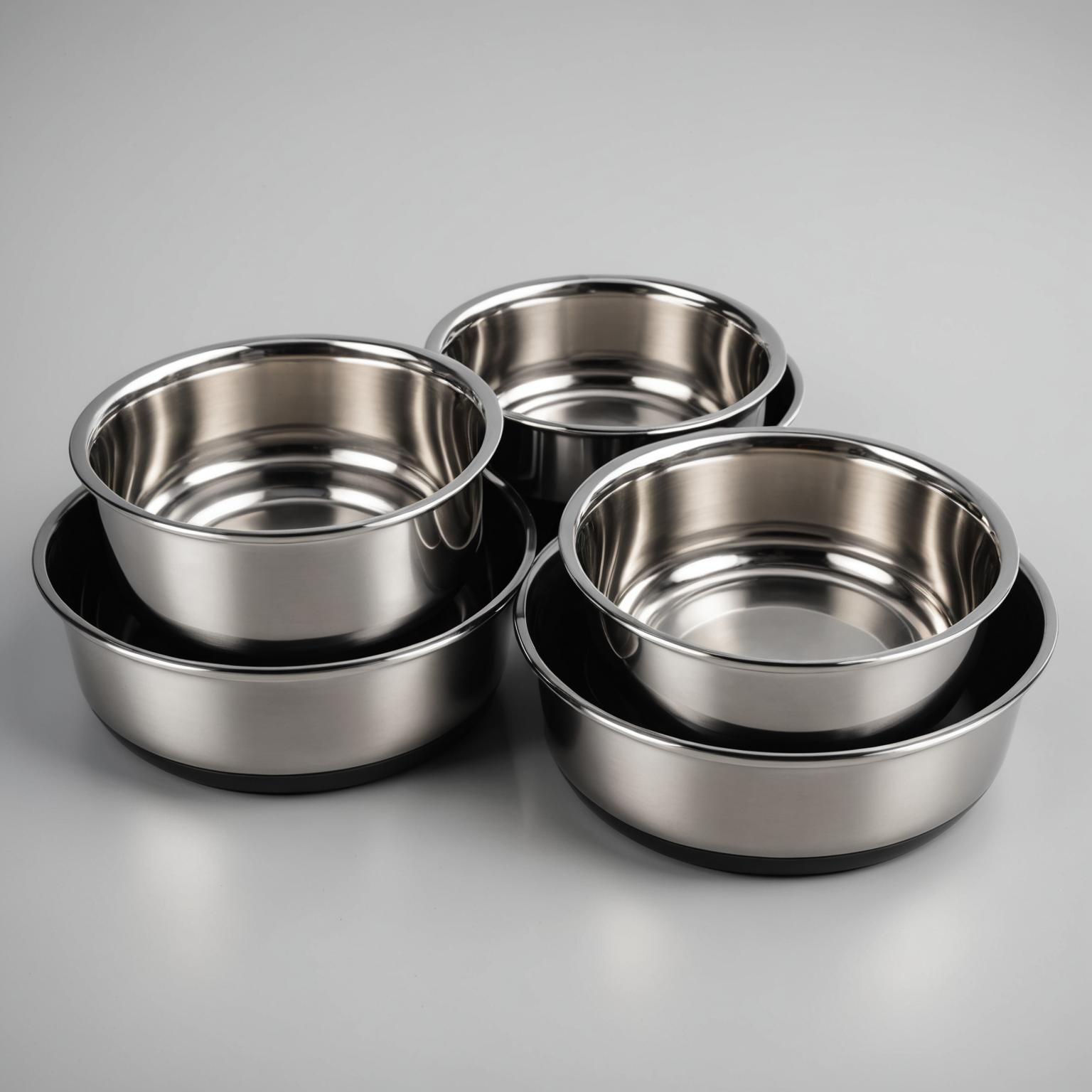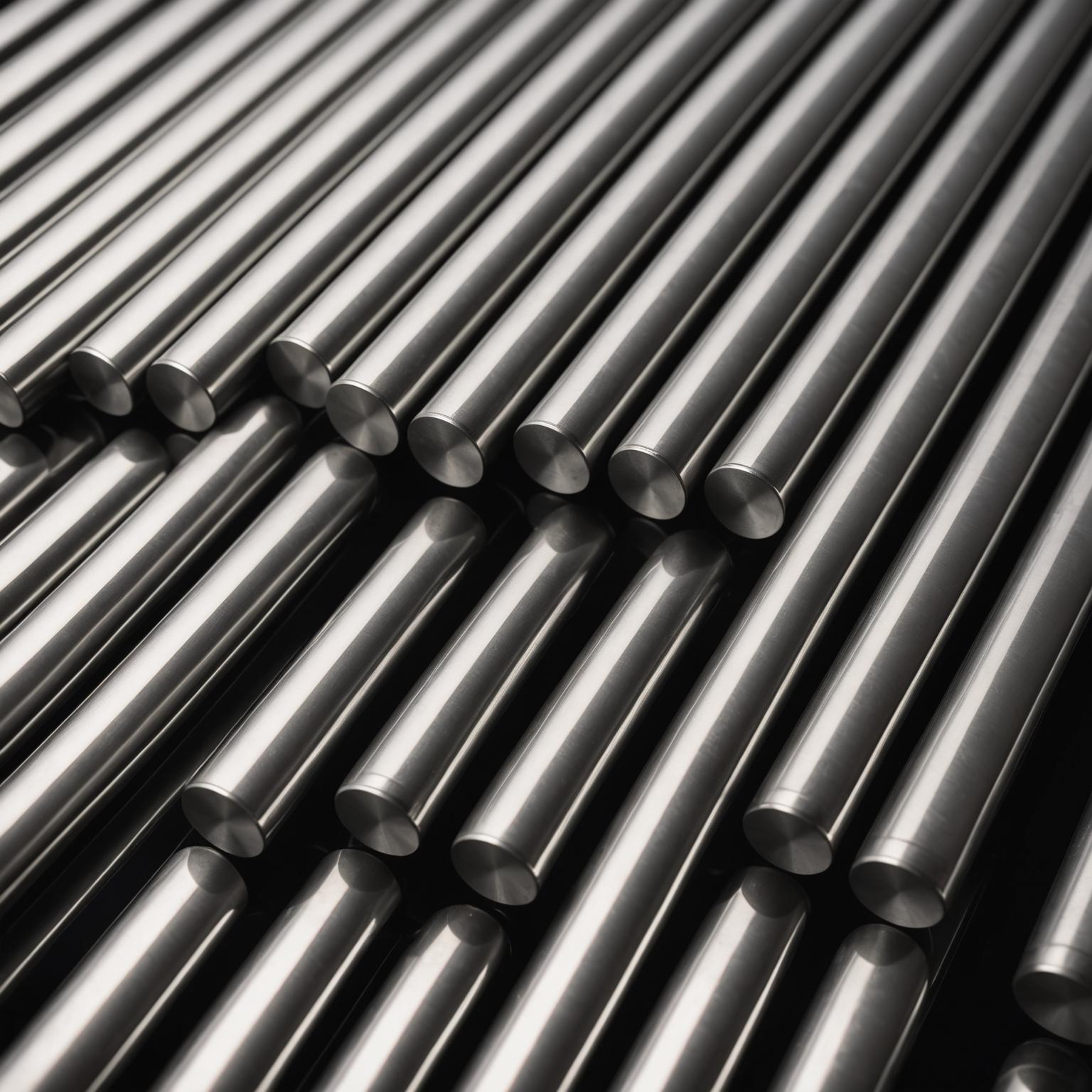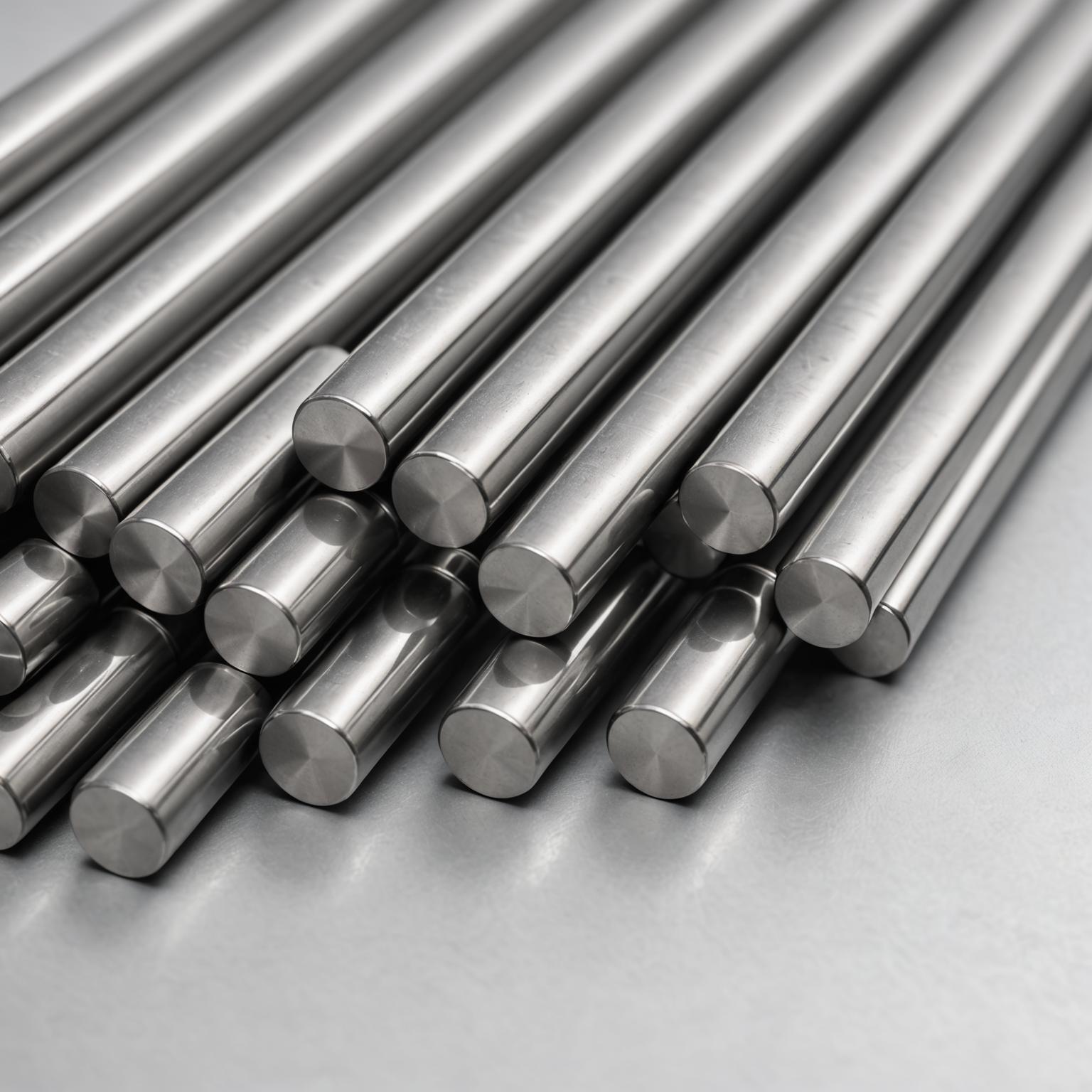As a dedicated pet owner, you prioritize your furry friend's health and happiness above all else. From the food they eat to the toys they play with, every choice matters. However, one of the most fundamental yet often overlooked decisions is the type of bowl you use for their food and water. The classic Stainless Steel Pet Bowls vs Plastic Bowls debate is a crucial one, with significant implications for your pet's long-term well-being. While plastic bowls are ubiquitous and often cheaper, a closer examination reveals that stainless steel is undeniably the superior option, especially when asking the critical question: Which is healthier?
The Superiority of Stainless Steel
When it comes to your pet's health, hygiene is paramount. This is where stainless steel truly shines. High-quality, food-grade stainless steel has a non-porous surface, which means it doesn't harbor bacteria, germs, or mold. Unlike plastic, which can develop tiny scratches and cracks over time, the smooth, seamless surface of a stainless steel bowl prevents pathogens from finding a place to multiply. This resistance to bacteria buildup directly translates to a healthier pet, reducing the risk of common issues like feline acne (chin acne), which is often linked to bacteria found in porous food bowls. Furthermore, stainless steel is incredibly durable. It is built for long-term use, resisting rust, corrosion, and wear. A well-made stainless steel bowl can last a lifetime, making it a sustainable and cost-effective choice in the long run. They won't chip or break if dropped, and they don't absorb odors, ensuring that your pet's meals always taste fresh and are free from the lingering scent of past dinners. The ease of cleaning is another significant benefit; these bowls are typically dishwasher safe, allowing for effortless sanitization to keep your pet's dining area impeccably clean.
The Pitfalls of Plastic Pet Bowls
While the bright colors and low price point of plastic bowls can be tempting, they come with a host of hidden dangers. The primary concern lies in the material itself. Plastic is a porous material that easily gets scratched by your pet's teeth, claws, or even from regular cleaning with abrasive sponges. These microscopic abrasions become a perfect breeding ground for harmful bacteria. Even with regular washing, it can be nearly impossible to fully sanitize a scratched plastic bowl. This bacterial contamination can lead to various health problems for your pet. Beyond the risk of bacteria, there is the issue of chemical leaching. Many plastic products, especially older or cheaper ones, may contain harmful chemicals like Bisphenol A (BPA) and phthalates. These chemicals can seep into your pet's food and water, especially when the plastic is heated or broken down. Ingesting these toxins over time can potentially lead to serious health issues. So, in the comparison of Stainless Steel Pet Bowls vs Plastic Bowls, the potential health risks associated with plastic make them a questionable choice for any conscientious owner who is concerned about what is healthier for their companion.
Beyond Material: Essential Bowl Features
Choosing the right material is the most important step, but other design features can greatly enhance your pet's mealtime experience. A crucial feature to look for in any bowl is a non-slip base. Energetic eaters or playful pets can easily send a lightweight bowl skidding across the floor, causing spills and frustration. Premium stainless steel bowls often come designed with a secure rubberized edge or a full rubber base that keeps the bowl firmly in place. This simple addition prevents messes and makes dining a calmer, more enjoyable experience for your pet. Bowl capacity and shape are also important. Ensure the bowl is spacious enough to hold a proper meal portion or an adequate supply of fresh water for your pet's size and needs. For multi-pet households or for those who appreciate a tidy space, a stackable design is a fantastic space-saving feature. It makes storage convenient and keeps your pet feeding area organized. These practical elements, combined with the inherent benefits of the material, elevate a simple feeding dish into a functional and stylish tool for pet care.
The Verdict: A Clear Winner for Your Pet's Health
When you weigh the evidence, the choice becomes clear. While plastic bowls may offer a short-term, low-cost solution, they present undeniable risks to your pet's health through bacterial growth and potential chemical exposure. Answering the question of 'Which is healthier?' points unequivocally to one option. Stainless steel pet bowls are the definitive winner, offering unparalleled hygiene, exceptional durability, and peace of mind. Investing in a high-quality stainless steel bowl with a non-slip base and an appropriate capacity is not just an upgrade to your pet's dining set; it is a direct investment in their long-term health and well-being. For the thoughtful pet owner, providing a clean, safe, and durable feeding bowl is one of the easiest and most effective ways to show you care.







